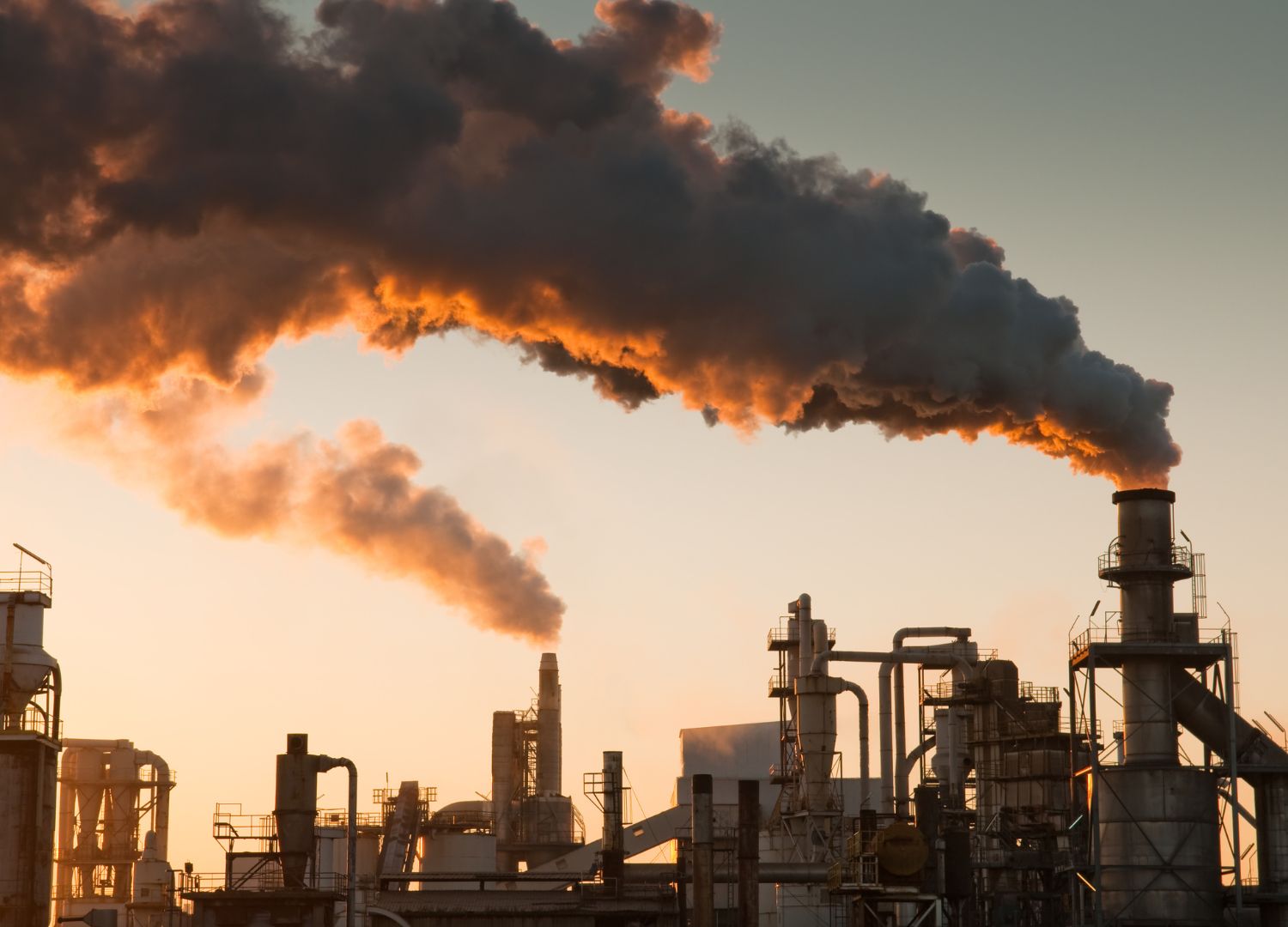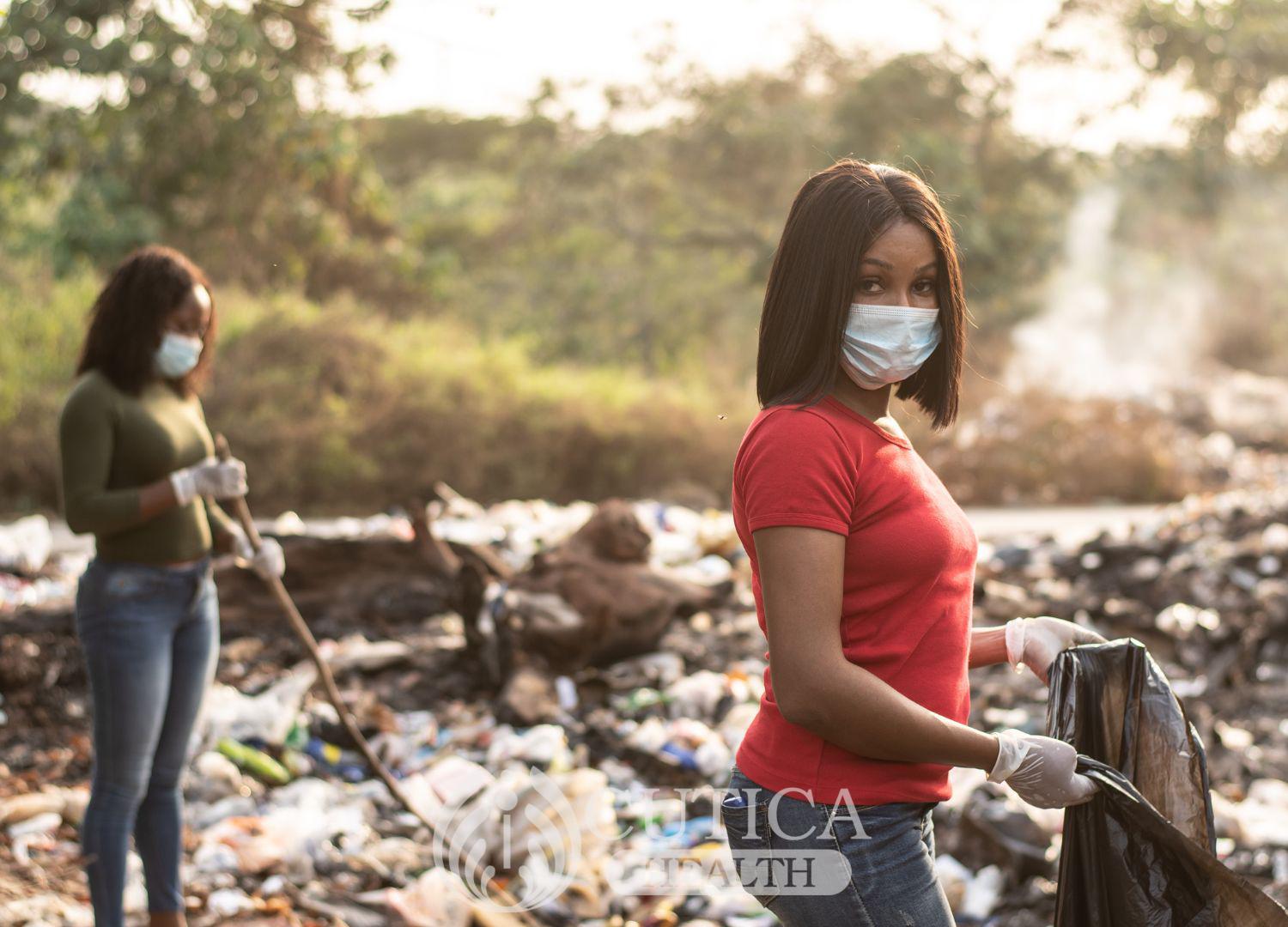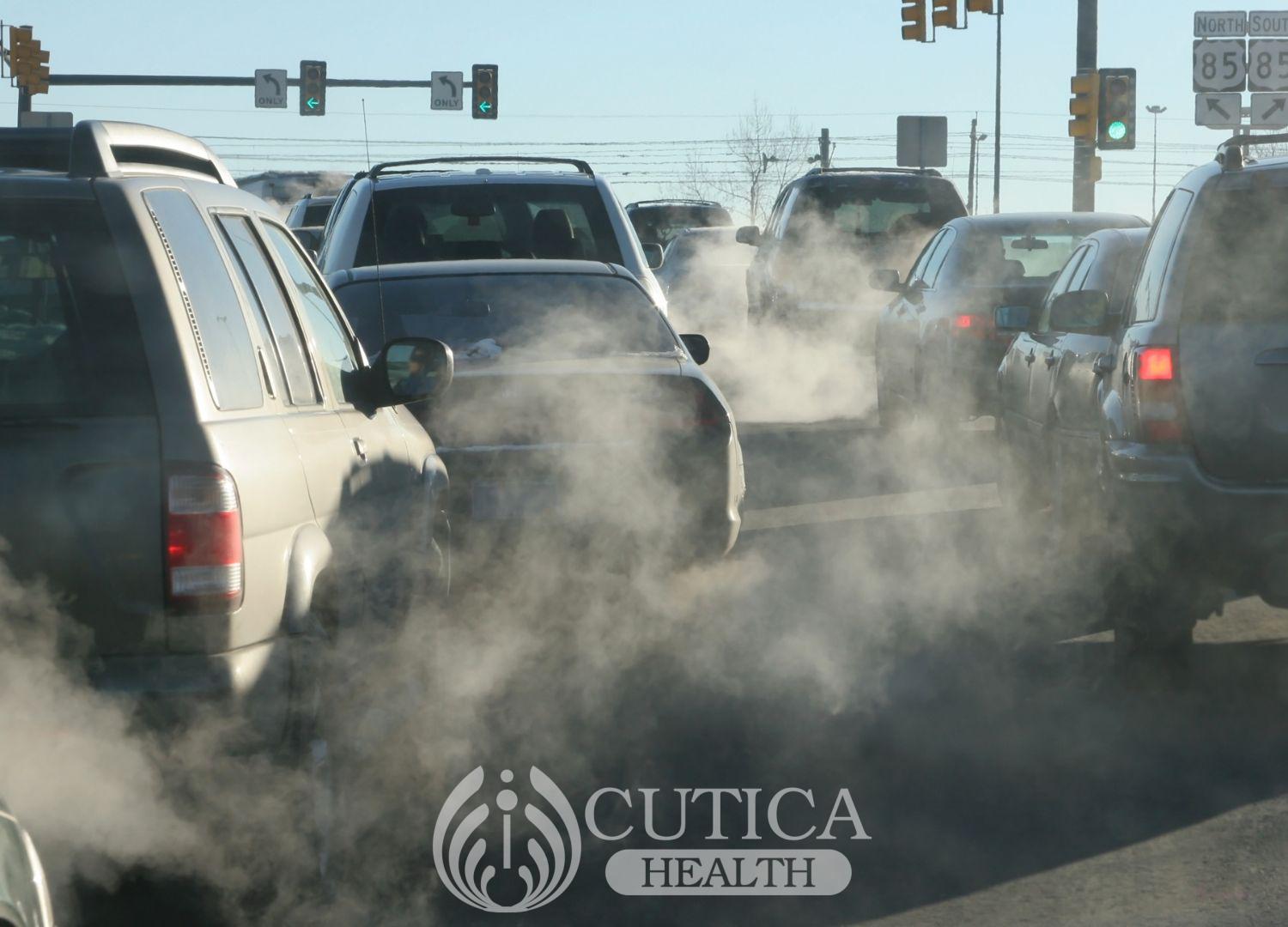
As they sat on a park bench, Sarah gazed at the hazy skyline. "Look at the smog," she sighed, covering her mouth. "It’s like we can’t even breathe clean air anymore."\
John nodded, frowning. "It's scary how bad air pollution has gotten. Every time I step outside, I feel like I'm damaging my lungs."
"Exactly," Sarah agreed. "And it's not just the air we breathe. It affects everything—our health, the environment, even the economy."
John sighed, "We really need to start talking more about the impacts of air pollution and what we can do about it."
John and Sarah, a couple, have become more aware of their environment since they received the news that Sarah was pregnant.
Introduction
Air pollution is a growing global health concern that poses a serious threat to human well-being. From smog-filled cities to industrial emissions, air pollution significantly impacts the health of billions of people, especially in rapidly urbanizing and industrializing countries. The World Health Organization (WHO) estimates that around 7 million people die every year from exposure to polluted air, making it one of the leading environmental health risks worldwide.
What is Air Pollution?
Air pollution refers to the presence of harmful substances in the air that pose a danger to human health and the environment. These pollutants can be either particulate matter (solid and liquid particles suspended in the air) or gases. They originate from various sources, including vehicle emissions, industrial activities, agricultural practices, and household energy use.
Some of the common air pollutants include:
- Particulate Matter (PM): Fine particles such as PM2.5 (particles less than 2.5 microns) and PM10 can penetrate deep into the lungs, causing respiratory and cardiovascular diseases.
- Nitrogen Dioxide (NO₂): Produced by road traffic and industrial emissions, NO₂ can irritate the airways and worsen conditions such as asthma.
- Sulfur Dioxide (SO₂): Emitted from power plants and industrial facilities, SO₂ contributes to respiratory issues and acid rain.
Ozone (O₃): Ground-level ozone, formed by chemical reactions between sunlight and pollutants like NOx and volatile organic compounds (VOCs), causes respiratory problems and lung damage.

Health Effects of Air Pollution
Air pollution affects almost every system in the human body. It can cause or exacerbate a wide range of health problems, from respiratory illnesses to heart disease. Below are some of the most significant health impacts:
- Respiratory Diseases The lungs are directly exposed to air pollution, making respiratory diseases one of the most common health issues linked to poor air quality. Fine particulate matter (PM2.5) can penetrate deep into the respiratory system, causing inflammation, irritation, and reduced lung function. Conditions such as asthma, chronic bronchitis, and even lung cancer are aggravated or caused by long-term exposure to air pollution.
- Cardiovascular Diseases In addition to harming the respiratory system, air pollution has a profound impact on cardiovascular health. Pollutants such as PM2.5 and nitrogen dioxide can enter the bloodstream and trigger inflammation in blood vessels, increasing the risk of heart attacks, strokes, and high blood pressure. Studies show that individuals living in highly polluted areas are more likely to suffer from cardiovascular conditions.
- Premature Death Prolonged exposure to high levels of air pollution has been linked to premature death. The WHO reports that air pollution contributes to 7 million premature deaths each year, making it a leading cause of global mortality. Vulnerable groups, including children, the elderly, and individuals with pre-existing health conditions, are at the highest risk.
- Impact on Children Children are particularly vulnerable to the health effects of air pollution. Their respiratory systems are still developing, and they tend to breathe faster than adults, increasing their exposure to airborne toxins. Studies show that children exposed to polluted air are more likely to suffer from asthma, pneumonia, and developmental delays. Moreover, long-term exposure can impair lung growth, leading to lifelong respiratory problems.
Global and Local Sources of Air Pollution
Air pollution is a multifaceted issue influenced by both global and local sources. In urban areas, vehicle emissions are the primary contributor to air pollution, particularly in cities with heavy traffic. Industrial activities, such as the burning of fossil fuels for energy, also contribute significantly to the release of harmful pollutants.
In rural areas, air pollution is often linked to agricultural practices, including the use of pesticides and the burning of biomass for cooking and heating. Open burning of waste is another major source of air pollution in many developing countries. Additionally, natural events like wildfires and dust storms can contribute to poor air quality.

How to Protect Yourself from Air Pollution
While combating air pollution on a global scale requires policy changes and collective action, individuals can take several steps to reduce their exposure to harmful pollutants:
- Monitor Air Quality : Keep track of air quality levels in your area using apps and websites that provide real-time air quality information. On days when pollution levels are high, consider staying indoors, especially during peak traffic hours.
- Limit Outdoor Activities : If you live in a highly polluted area, try to limit outdoor activities during times of high pollution, such as during rush hour or when air quality alerts are issued.
- Use Masks and Air Filters : Wearing a face mask designed to filter out particulate matter, such as N95 masks, can offer protection against inhaling harmful particles. Additionally, using air purifiers indoors can help reduce indoor air pollution.
- Create Green Spaces : Plants absorb carbon dioxide and release oxygen, improving air quality. Adding more plants to your living spaces, both indoors and outdoors, can contribute to better air quality.
- Use Public Transport : Reducing personal car use can lower the emission of harmful pollutants. Whenever possible, opt for public transport, carpooling, or biking to reduce your carbon footprint and exposure to air pollution.
Conclusion
Air pollution is a major public health threat, with severe consequences for human health and well-being. From respiratory diseases to cardiovascular problems, the effects of polluted air are far-reaching and demand urgent attention. By taking steps to protect ourselves from air pollution and advocating for cleaner air policies, we can reduce the harmful impact of pollution on our health and create a healthier environment for future generations.












